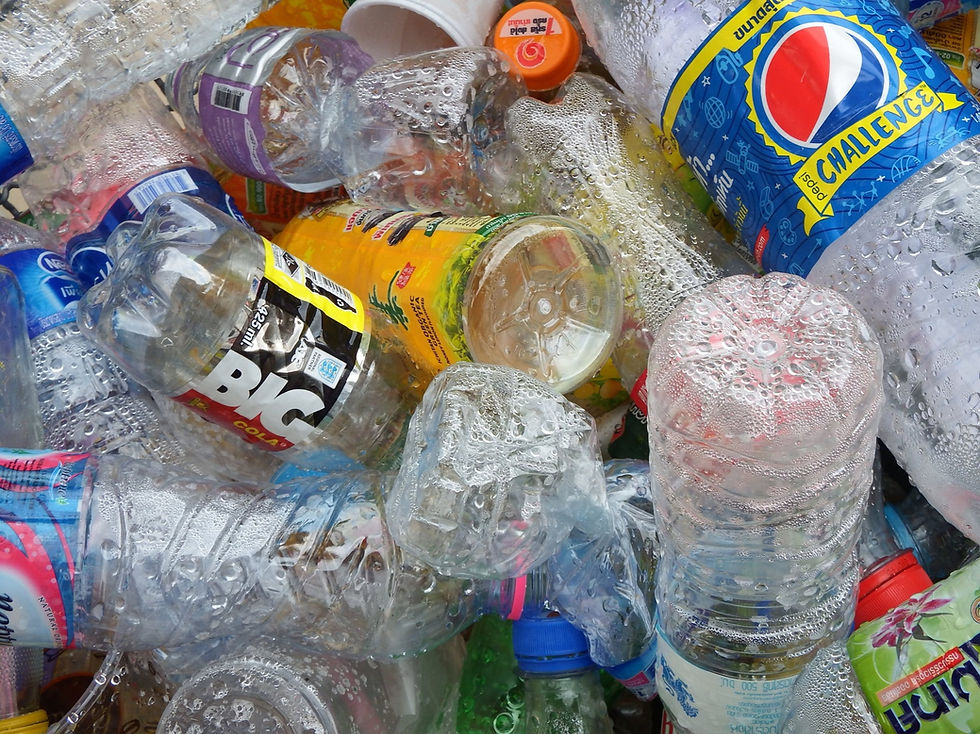White Perceptions of Exploited Countries
- Just Love

- Aug 12, 2020
- 3 min read
Written by Helen Kernohan.
The efficacy of mission trips and voluntourism, particularly when undertaken by underqualified young people, has long been debated and the recent rise in awareness around white saviourism has forced many to examine the motivations behind such trips. American-Nigerian writer Teju Cole talks about the ‘White Saviour Industrial Complex’ (The White-Saviour Industrial Complex, The Atlantic, March 2012), and how the emotions of those with privilege are centred in a way which is actively harmful and can stand in the way of real justice. Often, white saviourism is intertwined with a genuine desire to help and to care for God’s people across the world. On the surface, there is very little problem with helping to build a school or volunteering in an understaffed orphanage. In reality, these things can cause more harm than good. I would encourage people to consider the impacts which the culture of voluntourism can have in already over-exploited communities. The Ugandan based group No White Saviours is a great place to start with this.
What I do want to discuss in this blog post is the reasons why some places are the targets of these trips in the first place. Why is it that we judge certain countries on their poverty rather than their prosperity? Why is a diverse continent such as Africa, home to 54 unique countries each with their own histories and subcultures, seen as a monolith by many people? Why do we allow people to do jobs abroad that they are not qualified to do in the UK? Why we do not see all countries as equal?
Language plays a key role in forming and perpetrating our preconceptions. Growing up in church, I grew accustomed to seeing the phrase ‘third-world countries’ written on coffee morning posters. I was taught in school to use the word ‘underdeveloped’ when the more accurate words would have been overexploited and colonised. Third world implies the existence of first and second worlds, creating a verbal hierarchy between people of different countries. Likewise, the terms underdeveloped or developing suggest shortcomings when compared to countries that are considered to be developed. They create a sense of hierarchy, a fundamental feeling of superiority over the so-called third world.
How we perceive a country is heavily influenced by how those around us view it and these views are very cyclitic. In school and at the aforementioned coffee mornings I was told about countries ravaged by civil wars, human rights violations, genocides, famine, and disease. People living in these countries were seen simultaneously as inspirational and to be pitied. The result of this depiction being a fog of fear, admiration, and compassion; an overwhelming desire to help without the tools or knowledge to do so. Attitudes like these perpetuate negative images of certain countries and prevents them from being viewed as equal to wealthier countries. Perceptions of a country’s economic or social status continue to be used to justify largely unregulated and often harmful intervention. Highlighting a country’s problems and failing to mention its assets supports a hierarchy which is articulated by the language of first, second and third world countries and which is, at its core, unjust. If a country is viewed as second or third class, so then are its citizens. Injustice is found where humans are not viewed as equals.
The balance between compassion and saviourism is often difficult to find. A good place to start is by viewing others as unconditionally equal to yourself and to examine and correct your own misconceptions. This is still something which I am learning to do, and I often have to challenge myself on what I have assumed to be true. Listening to the podcast It’s a Continent made me realise how little I knew of the individual countries that made up the continent of Africa, and learning about the dark side of mission trips has challenged me to reconsider what helping people looks like.







Comments